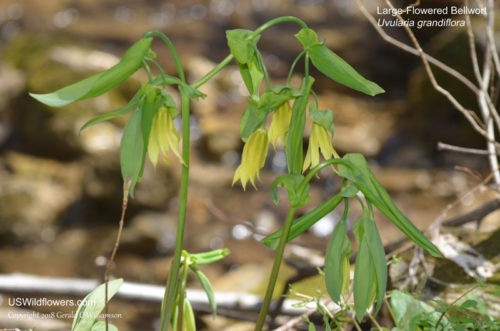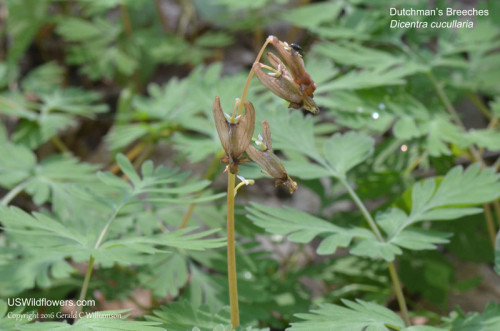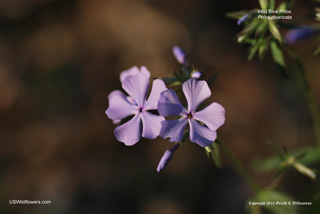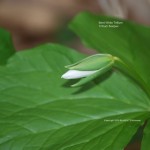It had been 10 days during the ‘peak development period’ of wildflowers at The Pocket since I’d last been there, and nearly a month since my only “full inventory” of the season (5 species). It was a beautiful (if chilly) day today, so I headed down there for a more leisurely visit. Definitely worthwhile, and if you want to see the Dutchmen’s Breeches this year, better get there soon. That being said, I counted 29 species blooming.
Tag Archives: Bishop’s Cap
The Pocket at Pigeon Mountain #Wildflower Status Update 03/25/2016
It’s been nearly 2 weeks since I made it down to The Pocket – my apologies for the paucity of status updates this year. Even more species (38) are blooming now than two weeks ago (28), even though we’ve lost, or nearly lost, a few. I only saw a single Bloodroot (Sanguinaria canadensis) bloom, Harbinger-of-Spring is gone, Spicebush (Lindera benzoin) has completed its bloom, there are only a few Trout Lily (Erythronium americanum) still blooming, Dutchman’s Breeches (Dicentra cucullaria) are essentially gone, and I couldn’t find the single Pennywort (Obolaria virginica) I saw two weeks ago.
04/06/2010 Wildflower Status Update at The Pocket on Pigeon Mountain
We made a quick trip down to The Pocket on Tuesday evening. We made a short 100-yard walk up the horse trail and took a spin around the boardwalk, so I’m unable to update the status of flowers found along the trail to the falls, but here’s what I’ve got.
04/25/2009 The Pocket at Pigeon Mountain
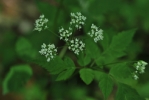 For those who were hoping for, as Ed Sullivan would have put it, “A Really Big Shew,” the time has passed in 2009. However, that is relative to The Pocket, and the abundance of wildflowers still exceed what you’ll find in many areas. While the dominant flower along the Shirley Miller Wildflower Trail seems to be Sweet Cicely right now, a species that isn’t exactly ‘showy,’ several of the “signature species” could still be found on Saturday, 4/25.
For those who were hoping for, as Ed Sullivan would have put it, “A Really Big Shew,” the time has passed in 2009. However, that is relative to The Pocket, and the abundance of wildflowers still exceed what you’ll find in many areas. While the dominant flower along the Shirley Miller Wildflower Trail seems to be Sweet Cicely right now, a species that isn’t exactly ‘showy,’ several of the “signature species” could still be found on Saturday, 4/25.
03/21/2009 The Pocket
Changes are occurring every day at The Pocket. Probably the biggest news is that there are a couple of white trillium that are near opening, with one open enough to see the interior of the blossom (T. flexipes, probably.) Continue reading

